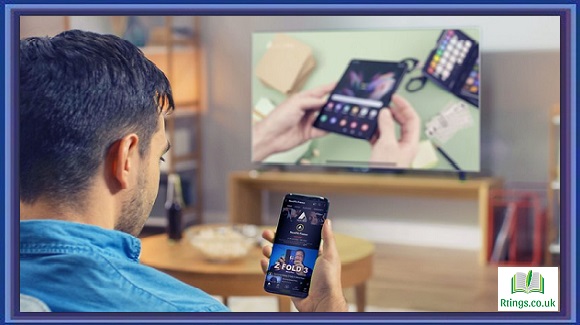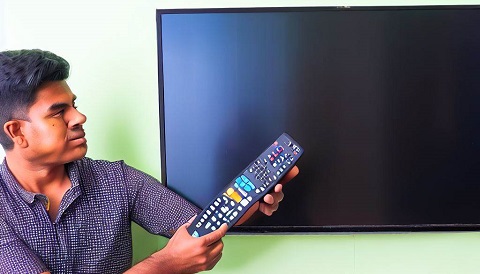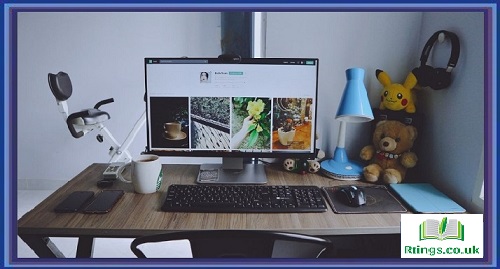Connecting a TV to a cable box is a simple process that can be done in just a few minutes. The cable box serves as a bridge between the TV and the cable service provider, allowing the TV to receive cable programming. Here are the steps to connect a TV to a cable box:
Gather the necessary equipment
Before connecting your TV to the cable box, ensure you have all the necessary equipment. You will need the following:
- A TV with an HDMI, component, or composite video input
- A cable box provided by your cable service provider
- An HDMI, component, or composite video cable (depending on the information on your TV)
- An audio cable (if your TV doesn’t support audio over HDMI)
Connect the cable box to the TV
The next step is to connect the cable box to the TV. This is typically done using an HDMI cable, but you may also use component or composite video cables if your TV doesn’t support HDMI.
- HDMI: If your TV has an HDMI input, connect one end of the HDMI cable to the HDMI output on the cable box and the other end to the HDMI input on the TV.
- Component video: If your TV has component video inputs (typically red, green, and blue), connect one end of the component video cable to the component video output on the cable box and the other end to the component video input on the TV. Be sure to also connect the red and white audio cables to the corresponding inputs on the TV.
- Composite video: If your TV only has a composite video input (typically yellow), connect one end of the composite video cable to the composite video output on the cable box and the other to the composite video input on the TV. Be sure to also connect the red and white audio cables to the corresponding inputs on the TV.
Power on the cable box and TV
Once you’ve connected the cable box to the TV, power on both devices and ensure your TV is set to the correct input (e.g., HDMI 1, Component 1, etc.) to receive the signal from the cable box.
Activate the cable box
You’ll need to activate the cable box with your service provider to start receiving cable programming. This typically involves calling the provider or activating the box online using your account information.
Enjoy your cable programming
Once you’ve activated the cable box, you can start watching cable programming on your TV. Use the remote that came with your cable box to change channels, adjust volume, and access any additional features offered by your cable service provider.
Troubleshooting Tips
If you’re having trouble connecting your TV to your cable box, here are a few troubleshooting tips:
- Make sure all cables are securely connected. Loose connections can cause signal problems or no signal at all.
- Make sure your TV is set to the correct input. If you do not see any picture or sound, double-check that you’ve selected the correct input on your TV.
- Try a different cable. If you’re using HDMI, component, or composite video cables, try using a different cable to rule out cable issues.
- Restart the cable box and TV. Restarting the devices can help resolve any connectivity issues.
- Contact your cable service provider. If you’ve tried all the above steps and still have issues, contact your cable service provider for further assistance.
Conclusion
Connecting a TV to a cable box is a simple process that can be done in just a few minutes. With the right equipment and a few simple steps, you’ll be able to start enjoying your cable programming on your TV in no time.
Frequently Asked Questions (FAQs)
Do I need a cable box to watch TV?
It depends on the type of TV service you have. If you have cable TV, you will need a cable box to receive the signal from your cable service provider. The cable box decodes the signal and sends it to your TV. If you have satellite TV, you will need a satellite receiver instead of a cable box. However, if you have an antenna and receive free over-the-air broadcast TV, you don’t need a cable box or satellite receiver.
Can I use a universal remote to control my cable box and TV?
Yes, you can use a universal remote to control your cable box and TV. Most universal remotes have a programming feature that allows you to set up the remote to work with your specific TV and cable box models. This eliminates the need to juggle multiple remotes and makes it easier to control your entertainment devices with a single remote.
What should I do if I can’t get a signal from my cable box to my TV?
If you’re having trouble getting a signal from your cable box to your TV, there are several things you can try:
Ensure all cables are securely connected: Loose connections can cause signal problems or no signal. Double-check that all cables are plugged in tightly.
Check the TV input: Ensure your TV is set to the correct input. If you do not see any picture or sound, double-check that you’ve selected the correct input on your TV.
Restart the cable box and TV: Sometimes, restarting the devices can help resolve connectivity issues.
Try a different cable: If you’re using HDMI, component, or composite video cables, try using a different cable to rule out any cable issues.
Contact your cable service provider: If you’ve tried all the above steps and are still having issues, contact your cable service provider for further assistance.
By following these troubleshooting tips, you should be able to get a signal from your cable box to your TV and start enjoying your cable programming.







